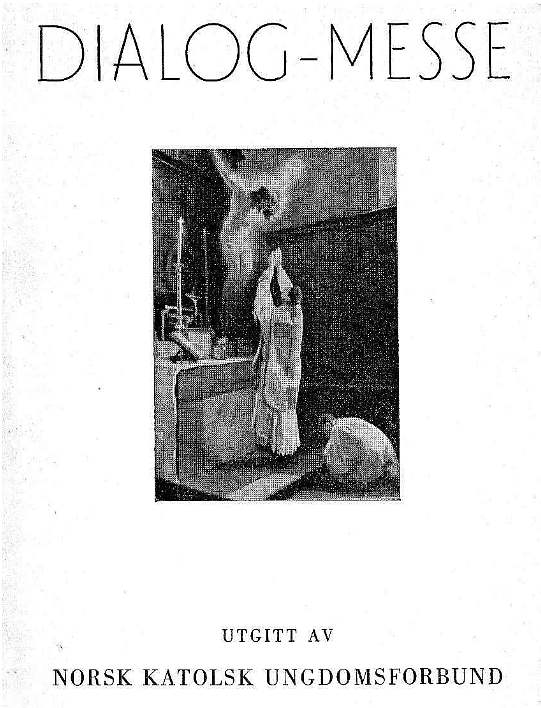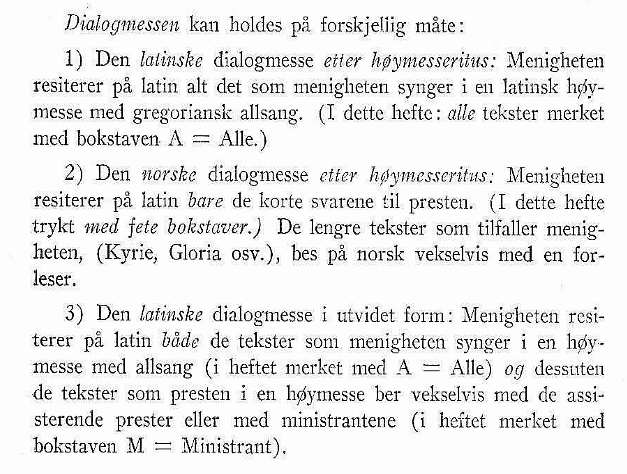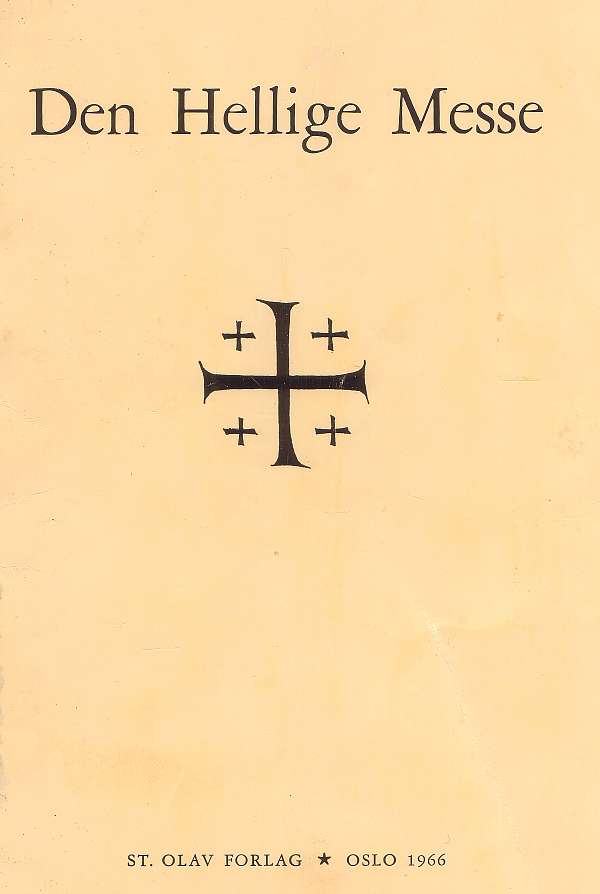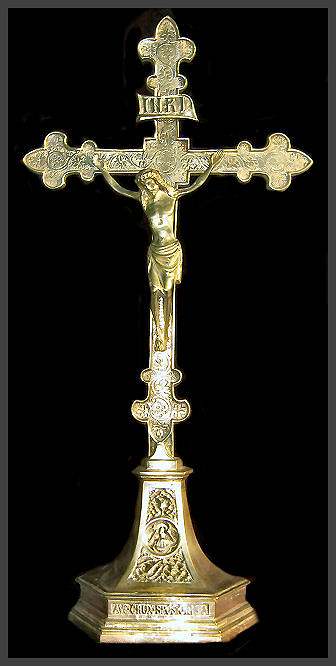John Allen – en av de dyktigste katolske nyhetsarbeiderne – skriver om pave Bendikts brev om opphevelelsen av ekskommunikasjonene mot de fire SSPX-biskopene, og oppsummerer presis brevets hovedinnhold. (NB Det er andre halvdel av artikkelen jeg lenker til som handler om brevet.)
Benedict XVI has sent a letter to Catholic bishops around the world defending his decision to lift the excommunications of four traditionalist bishops who form part of the Society of St. Pius X. … …
The Williamson affair, Benedict acknowledged in the letter, “has aroused, both inside and outside the Catholic church, a debate of a kind of vehemence that hasn’t been seen for a long time.”
Benedict called it an “unforeseen misfortune” that Williamson’s views on the Holocaust have obscured the real motives for lifting the excommunications, which, he suggested, had nothing to do with Jewish/Catholic relations or the Holocaust, but rather with healing the only formal schism within the Catholic church in the last 100 years.
“A discrete gesture of mercy towards four bishops, ordained validly but not legitimately, suddenly seemed like something totally different: like a denial of reconciliation between Christians and Jews, and therefore like a rejection of what the [Second Vatican] Council had taught in this regard for the path of the church,” the pope wrote.
Benedict said that reaction has been personally frustrating for him, since reconciliation between Christians and Jews has been “an aim of my personal theological work from the very beginning.” He also said that in the future the Vatican will have to pay more attention to the Internet as a source of information, since Williamson’s views on the Holocaust were easily available on-line.
The pope made clear that although the bishops are no longer excommunicated, they still have no authority to exercise any ministry in the church, and their Society of St. Pius X is not recognized. For that to happen, the pope suggested, the traditionalists must accept the teaching of the Second Vatican Council (1962-65), including respect for Judaism: “The magisterial authority of the church can’t be frozen in 1962. That must be completely clear to the society,” he wrote.
While conceding that the motives for revoking the excommunication were not “explained in sufficiently clear fashion” at the time the decision was made, Benedict nevertheless defended the aim of reconciliation.
“Can we remain completely indifferent to a community with 491 priests, 215 seminarians, 117 brothers, 164 sisters and thousands of faithful?” the pope wrote. “Do we truly have to allow them to drift farther and farther from the church?”
Benedict seemed to bristle at suggestions that such outreach is unjustified: “Sometimes one has the impression that our society needs at least one group for which it has absolutely no tolerance, a group which it can hate with a clean conscience,” he wrote. “Then when someone dares to come close to that group – in this case, the pope – he too loses his right to tolerance, and he too can be treated with hate without any fear or reservation.”
The pope also chided Catholics who criticized his move: “I’ve been saddened by the fact that even some Catholics, who ought to know how things stand, instead have struck at me with a kind of aggressive hostility,” the pope wrote. “For precisely this reason, I want to thank all the more those Jews who have helped to remove misunderstanding, and to reestablish an atmosphere of friendship and trust.”





 For et par uker siden mottok jeg et nytt alterkrusifiks, som man kan se på bildet til venstre. Jeg fikk tak i et par mindre krusifikser til å ha på alteret for et års tid siden, men det nye er finere og større (61 cm høyt). Jeg har begynt å bruke et slikt krusifiks etter pave Benedikts anbefaling (selvsagt), og merker at det hjelper meg å rette oppmerksonheten bedre mot Kristus, og bort fra folkene som sitter rett foran meg. Noen syns kanskje det høres underlig ut, men det er jo til Gud man ber når man står foran alteret.
For et par uker siden mottok jeg et nytt alterkrusifiks, som man kan se på bildet til venstre. Jeg fikk tak i et par mindre krusifikser til å ha på alteret for et års tid siden, men det nye er finere og større (61 cm høyt). Jeg har begynt å bruke et slikt krusifiks etter pave Benedikts anbefaling (selvsagt), og merker at det hjelper meg å rette oppmerksonheten bedre mot Kristus, og bort fra folkene som sitter rett foran meg. Noen syns kanskje det høres underlig ut, men det er jo til Gud man ber når man står foran alteret.